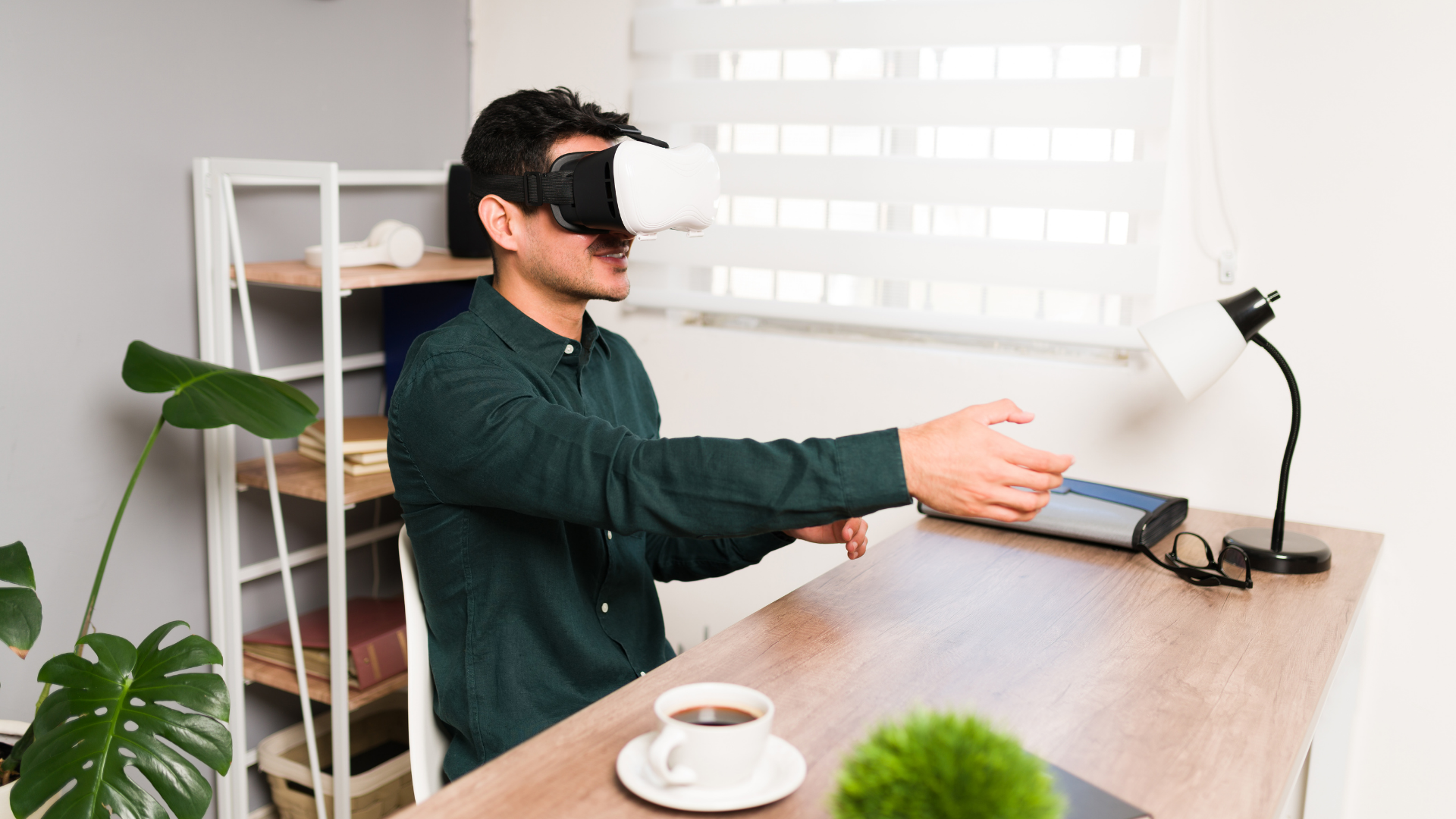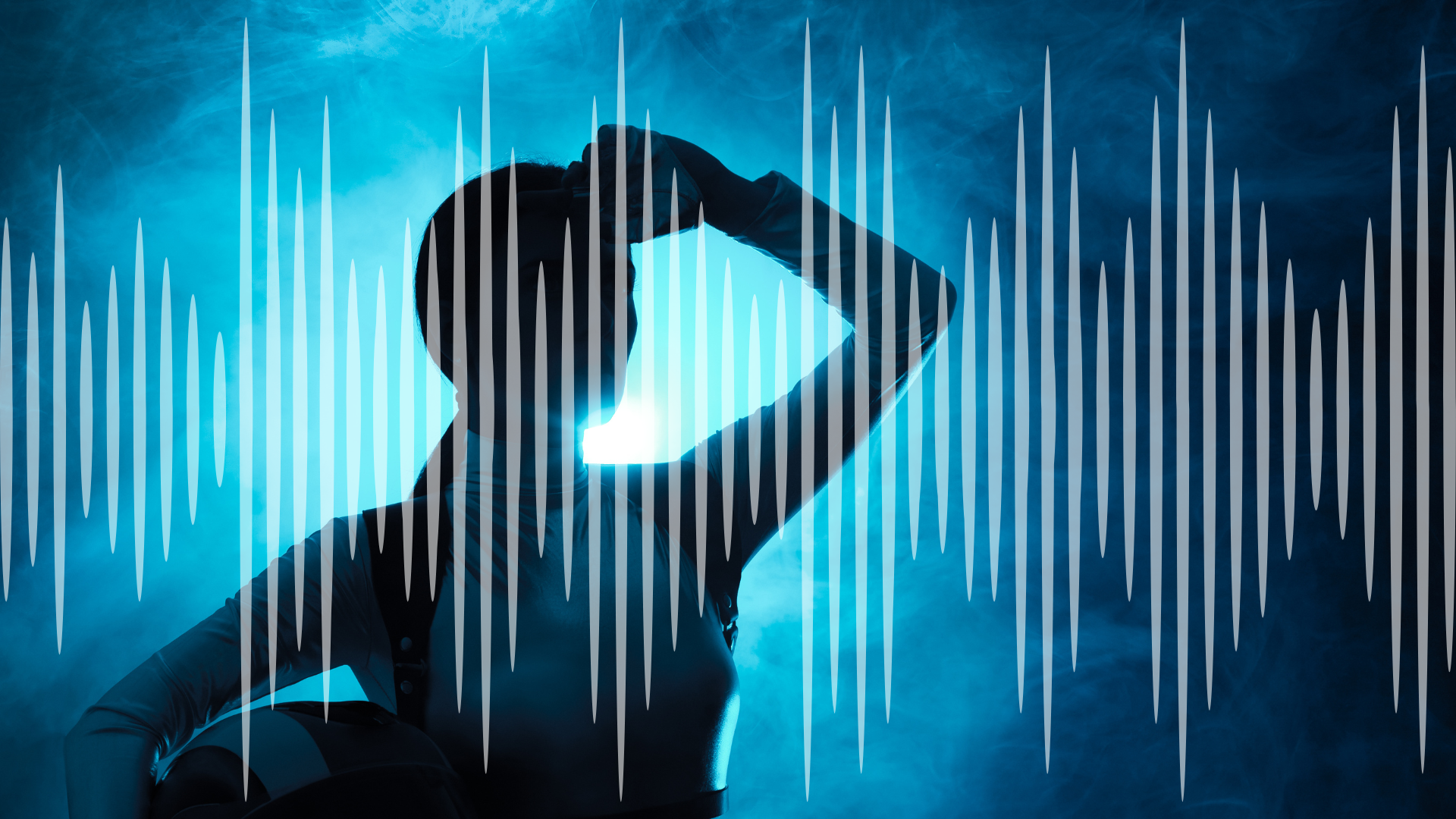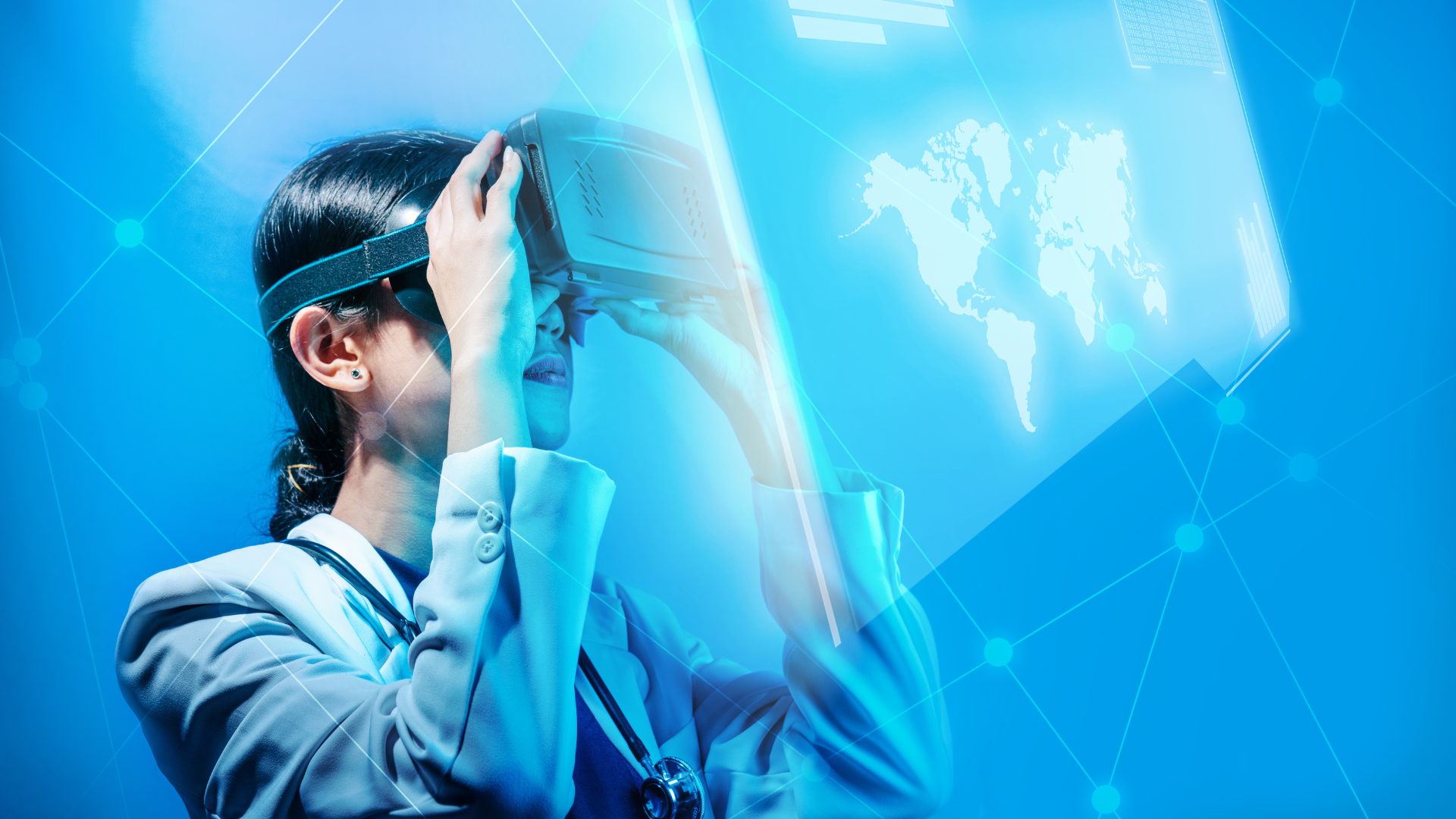· 5 min read
Exploring XR - Unveiling the Components and Experiences of Extended Reality

In an era where technology continues to blur the lines between the physical and digital worlds, Extended Reality (XR) is leading the charge. As a transformative force, XR encompasses a spectrum of immersive technologies that are redefining how we interact with the world around us. From enhancing entertainment to revolutionising education and beyond, XR is more than just a buzzword, it’s a gateway to new experiences.
Understanding XR: The Building Blocks
Virtual Reality (VR)
Virtual Reality (VR) transports users into entirely digital realms where the physical world fades away. Through the use of specialised headsets and controllers, users can explore environments that range from fantastical game worlds to realistic simulations. In industries such as gaming and training, VR offers an unparalleled level of immersion, allowing users to interact with their surroundings in a way that feels tangible and real.
- Hardware: VR typically requires a headset like the Oculus Rift or HTC Vive, along with motion controllers to navigate and interact with the virtual environment.
- Applications: Beyond gaming, VR is widely used in training simulations for pilots, surgeons, and other professionals who benefit from practicing in a risk-free digital environment.
Augmented Reality (AR)
Augmented Reality (AR) takes the real world and enhances it with digital overlays, providing a layer of interactivity that enriches everyday experiences. With devices like smartphones and smart glasses, AR allows users to view information, directions, or interactive elements seamlessly integrated into their physical surroundings. Whether navigating a new city or trying on virtual clothes, AR brings digital content into the real world in engaging and practical ways.
- Devices: Smartphones and tablets are common tools for AR experiences, with apps like Pokémon GO leading the charge. Smart glasses like Microsoft’s HoloLens offer a more immersive AR experience.
- Applications: AR is transforming industries like retail, where customers can virtually try on clothes or visualize how furniture fits into their living spaces.
Mixed Reality (MR)
Mixed Reality (MR) is where the digital and physical worlds intersect, allowing for interaction between the two in real time. By blending elements of VR and AR, MR creates environments where digital objects can coexist and interact with the real world, offering groundbreaking potential in fields like design, collaboration, and entertainment. Imagine a designer manipulating a virtual prototype with their hands or a team collaborating in a shared digital workspace—MR makes these scenarios a reality.
- Technology: MR combines aspects of VR and AR, often using advanced sensors and cameras to map the physical environment.
- Applications: In industries like architecture and engineering, MR allows for the visualization of complex designs in real-world settings, enhancing collaboration and decision-making.
The XR Experience: Transforming Industries
Entertainment
The entertainment industry is a playground for XR, with gaming, movies, and live events leading the way in creating experiences that captivate audiences. From stepping into the shoes of a game character to experiencing concerts as if you were on stage, XR is redefining how we consume entertainment. The potential for storytelling and audience engagement is limitless, making XR a driving force in the future of entertainment.
- Gaming: VR gaming offers immersive experiences that put players in the heart of the action, while AR games blend real-world environments with digital challenges.
- Live Events: XR can bring concerts, sports events, and theater performances to life, offering remote attendees an immersive experience as if they were there in person.
Education
In education, XR is breaking down traditional barriers to learning by creating immersive environments that engage and educate. Imagine students exploring ancient civilizations through VR or medical students practicing surgeries in a risk-free, virtual setting. By transforming abstract concepts into tangible experiences, XR is paving the way for more effective and memorable learning.
- Classroom Integration: Schools are using AR apps to bring textbooks to life, offering interactive lessons that captivate students’ attention.
- Professional Training: VR simulations provide hands-on training for various professions, offering a safe and controlled environment to practice skills.
Healthcare
The healthcare industry is embracing XR to enhance patient care, train medical professionals, and provide therapeutic experiences. Surgeons can practice complex procedures in VR simulations, while patients benefit from AR-assisted rehabilitation programs. XR is not only improving outcomes but also making healthcare more accessible and personalised.
- Surgical Training: VR allows surgeons to practice intricate procedures without risk, enhancing skill development and confidence.
- Patient Care: AR assists in patient rehabilitation, offering interactive exercises and progress tracking to aid recovery.
Retail
Retail is undergoing a transformation with XR, offering customers experiences that blend the convenience of online shopping with the tactile nature of in-store browsing. Virtual try-ons, interactive store layouts, and personalised recommendations are just the beginning. XR empowers retailers to create more engaging and personalised shopping journeys, enhancing customer satisfaction and driving sales.
- Virtual Try-Ons: Customers can see how clothes, makeup, or accessories look on them without ever entering a store.
- Store Navigation: AR apps guide shoppers through physical stores, highlighting sales, new arrivals, and personalised recommendations.
Challenges and Opportunities in XR
While XR offers immense potential, it also faces challenges, including technological limitations, user adoption hurdles, and ethical considerations. Ensuring that XR experiences are accessible and inclusive, while addressing privacy concerns, is crucial for its continued growth. Despite these challenges, the opportunities for innovation and impact are vast. As technology advances and adoption increases, XR is poised to transform countless industries and redefine how we interact with the world.
- Technological Hurdles: XR devices require significant processing power and precision, which can be costly and challenging to implement.
- User Adoption: While XR is growing in popularity, many users are still hesitant due to concerns over privacy, safety, and the complexity of technology.
- Ethical Considerations: Ensuring that XR experiences are ethical, inclusive, and accessible to all users is essential for the technology’s future.
Conclusion
The world of Extended Reality is rich with potential, offering experiences that transcend traditional boundaries and open new realms of possibility. As we dive depper into this field, FoVR Interactive is committed to pushing the limits of what XR can achieve, creating experiences that inspire and engage. Join us on this journey as we explore the future of XR and discover how it will continue to shape our world.



